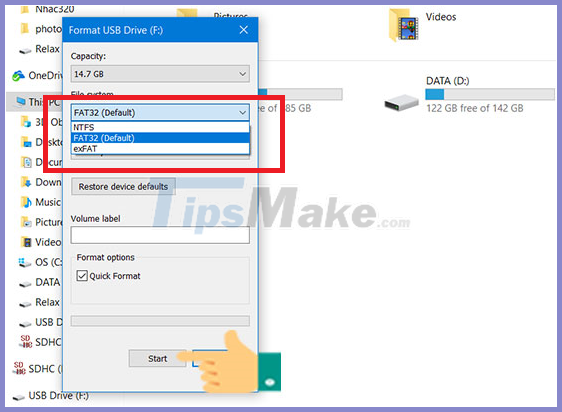

- Create windows 10 bootable usb ntfs or fat32 drivers#
- Create windows 10 bootable usb ntfs or fat32 Pc#
You can format your USB key prior to running MakeWinPEMedia. Create a bootable Windows PE USB driveĪttach a USB drive to your technician PC. Now that you now have a set of working files, you can use MakeWinPEMedia to build bootable WinPE media.
Create windows 10 bootable usb ntfs or fat32 drivers#
After you add drivers or other customizations to Windows PE, see Image optimization to help reduce the boot time.
Create windows 10 bootable usb ntfs or fat32 Pc#
If you don't include these optional components, you may see an error that your PC doesn't meet the minimum hardware requirements. For Windows 11: If you're launching Windows Setup from Window PE, add the WinPE-WMI and WinPE-SecureStartup optional components.Only add additional packages when necessary. When you add packages to Window PE, it can slow performance and boot time. The customizations below are common, but not every Windows PE image requires customizations. For more information about copype, see Copype command line options. Run copype to create a working copy of the Windows PE files. Start the Deployment and Imaging Tools Environment as an administrator. Make sure your PC has the ADK and ADK Windows PE add-on installed. No matter what type of media you're going to create, the first thing to do is create a working set of Windows PE files on your technician PC. If you're using the ADK for Windows 10, version 1803 or earlier, Windows PE is included in the ADK when you choose the Windows Preinstallation environment option during setup and doesn't require a separate addon.


 0 kommentar(er)
0 kommentar(er)
